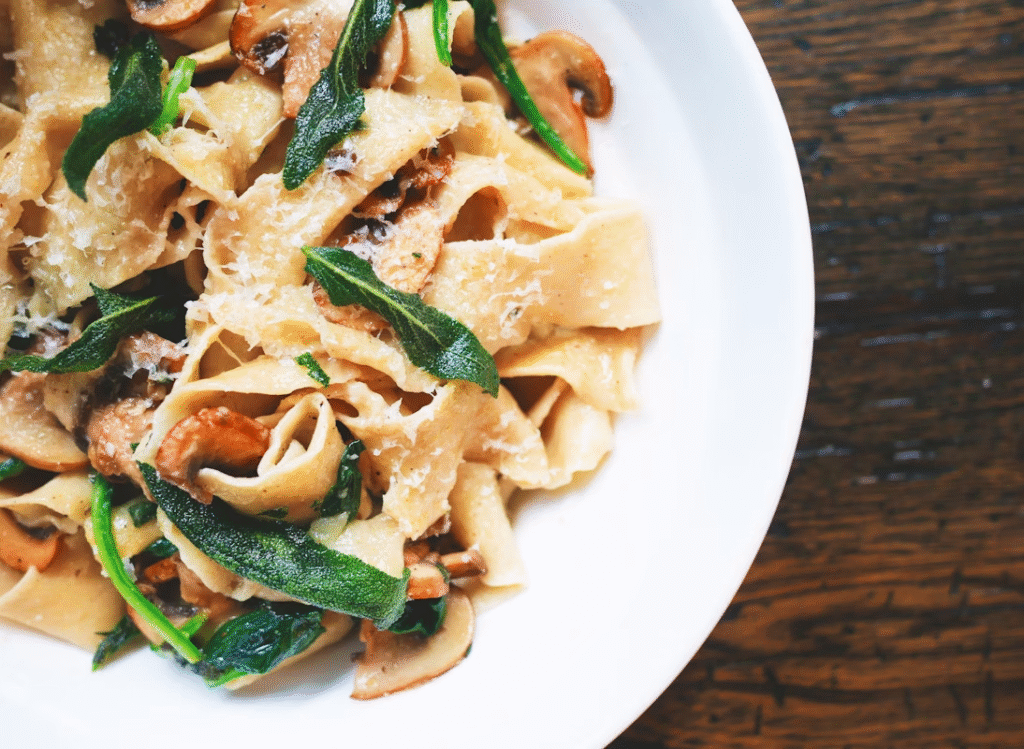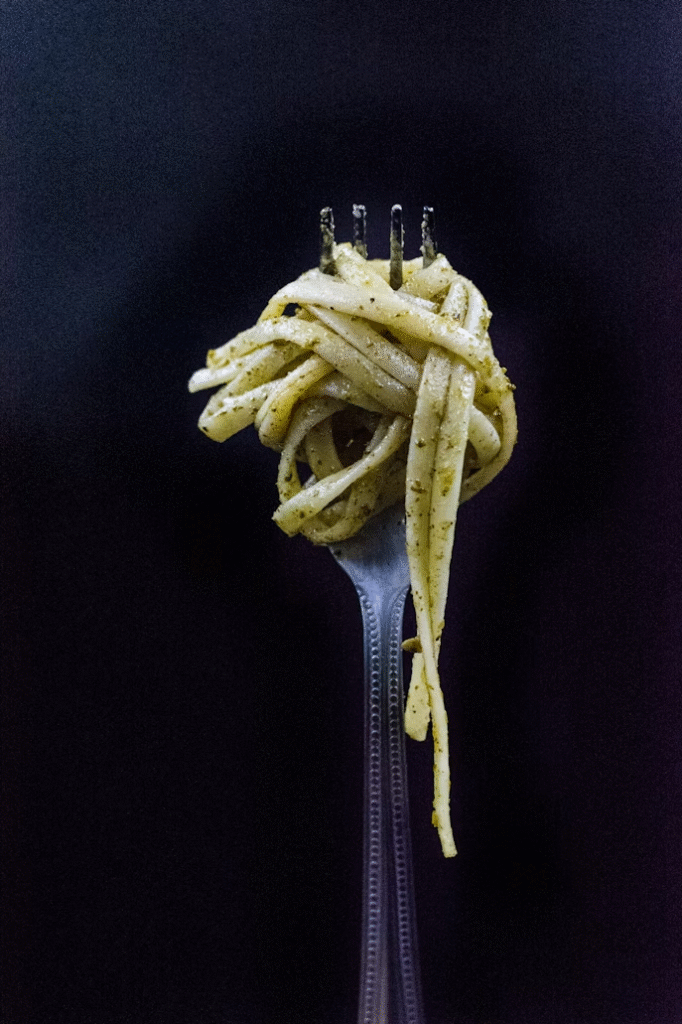Pasta is one of the most beloved foods in the world, yet many people outside of Italy have developed habits that would make Italians cringe. From the way it is cooked to the way it is served, pasta is often treated more like a convenient filler than the cultural masterpiece it truly is. Italians have centuries of tradition shaping their pasta rituals, and knowing how they do it can transform your entire experience.
Cooking Pasta in Too Little Water
One of the most common mistakes is using a small pot with just enough water to cover the pasta. Italians know that pasta needs room to move and cook evenly. A large pot with plenty of salted water allows the pasta to release starch without sticking together. The water should be salty like the sea, which helps season the pasta from the inside out. Using too little water leads to clumping and bland noodles.
Overcooking Until Mushy
Many people leave pasta in the pot until it becomes soft and sticky. Italians prefer pasta cooked al dente, which means it should be tender but still have a slight bite. Overcooked pasta not only loses its flavor but also affects digestion, since it breaks down too quickly. Checking the pasta a minute or two before the suggested cooking time helps achieve the right texture.
Breaking Spaghetti Before Cooking
Breaking spaghetti in half may seem practical for fitting it in the pot, but in Italy, this is considered a crime against pasta. Long pasta is meant to be twirled, not cut. The strands carry sauce better when kept whole, giving each bite more flavor and texture. A deeper pot or simply letting the ends soften into the water naturally is the right approach.

Drowning Pasta in Sauce
Many people use pasta as a base and then pile on large amounts of sauce. Italians see pasta and sauce as equal partners. The sauce should lightly coat the pasta, not drown it. This balance allows the flavor of the noodles to shine through while complementing the sauce. The best method is to finish cooking the pasta in the pan with the sauce so they meld together.
Serving Pasta on Cold Plates
Another mistake is serving steaming hot pasta on cold plates. Italians often warm their plates before serving to keep the dish at the right temperature. A cold plate cools pasta too quickly, ruining the texture and flavor. Warming dishes for just a few seconds in the oven or with hot water helps preserve the experience.
Adding Oil to the Water
Many cooks add oil to the pasta water to prevent sticking. Italians avoid this because the oil forms a coating that stops sauce from clinging to the pasta. Stirring occasionally while it cooks is enough to prevent sticking. Saving the starchy cooking water instead of adding oil is the Italian way. The starch in the water helps bind pasta and sauce perfectly.
Eating Pasta with a Spoon
In some places, people use a spoon to help twirl long pasta. Italians never do this. Proper technique involves twirling spaghetti or linguine against the side of the plate with just a fork. Using a spoon is considered unnecessary and even clumsy. Mastering the fork-only method makes the experience more authentic and satisfying.
Pairing the Wrong Pasta with the Wrong Sauce
Not all pasta shapes are meant for every sauce. Italians carefully pair certain types of pasta with specific sauces. For example, ridged pasta like rigatoni holds chunky sauces well, while thin strands like spaghetti work better with light tomato or olive oil-based sauces. Matching the right pasta with the right sauce ensures each bite is balanced and flavorful.

Cutting Pasta Instead of Twirling
Cutting pasta with a knife or biting through long strands is frowned upon in Italy. The tradition is to twirl and enjoy the strands whole. Cutting disrupts the dining experience and breaks the cultural ritual. Taking time to practice twirling on the fork makes the dish feel more elegant and enjoyable.
Serving Pasta as a Side Dish
Outside of Italy, pasta is often treated as a side to meat or fish. Italians serve pasta as its own course, usually before the main dish. This approach gives pasta the attention it deserves. It is not just an accompaniment but a centerpiece of the meal. Treating pasta as a star on its own honors the tradition.
Skipping the Final Touches
The last step in Italian pasta making is finishing with small but important details. A drizzle of high-quality olive oil, a sprinkle of freshly grated cheese, or a handful of fresh herbs elevates the dish. These touches are not just decoration but part of the flavor. Skipping them means missing out on the final layer of taste.
Eating Pasta Too Slowly
Italians enjoy pasta at its best temperature and texture, which means eating it soon after serving. Pasta left too long becomes sticky and clumps together. Taking small pauses during a meal is fine, but letting pasta sit on the plate is not. The freshness of the dish is part of the experience.
The Bottom Line on Pasta Cooking
Pasta is more than a quick meal, it is a cultural treasure built on tradition, flavor, and balance. Italians want the world to understand that every step matters, from boiling water properly to pairing sauces with the right shapes. If you have been eating pasta wrong, the good news is it is never too late to change. By following these simple principles, you can enjoy pasta the way it was meant to be experienced, full of texture, warmth, and flavor.
Disclaimer: This article was created with AI assistance and edited by a human for accuracy and clarity.

